ASEAN firms hint at trade optimism
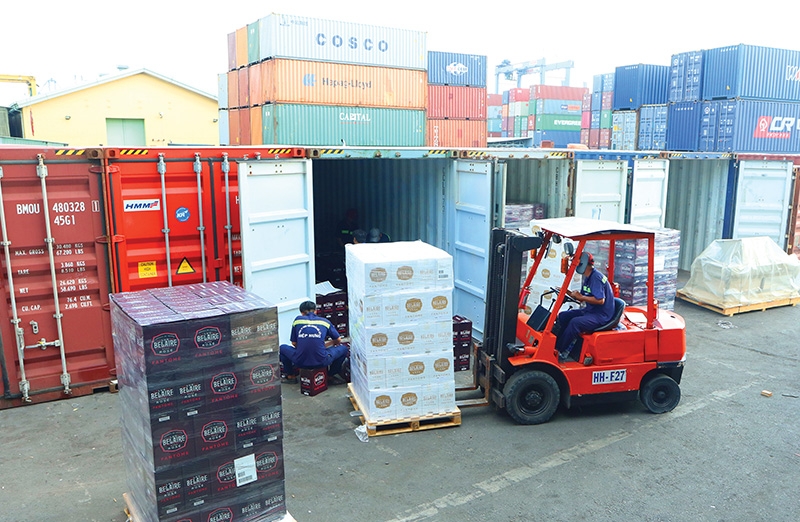 |
| With the ACIA and the RCEP, Vietnam is expected to increase its exports to regional markets significantly, photo Le Toan |
The Indonesian Embassy in Hanoi is now preparing to organise a number of webinars on connecting Indonesian and Vietnamese businesses in many sectors.
Many Indonesian businesses want to boost exports of coal, vegetable oil, motors and vehicle equipment, iron and steel, base metals, machines and tools, paper, computer components, and chemicals to Vietnam. They also wish to forge investment ties with Vietnamese partners.
One of the first webinars is expected to be focused on coal cooperation. Just one year ago, the embassy also organised a similar event on connecting Indonesian businesses with the Vietnamese coal market where demand for the material is on the rise.
According to the embassy, coal export from Indonesia to Vietnam is promising, with the total amount in 2019 from Indonesia being 15.4 million tonnes worth of $868.6 million, up 10.06 per cent on-year. The figure was $786 million in 2020 and nearly $441.2 million in the first five months of this year.
Vietnam’s coal demand is estimated to total 40.31 million tonnes last year, 70.3 million tonnes by 2025, and 100 million tonnes by 2030, due to the high demand of energy for the thermal power plants.
Many Indonesian businesses are targeting Vietnam as a lucrative business and investment destination, according to the embassy. They are operating not only in the coal sector, but also in others including education, automobile components, infrastructure, property, consumer products, agriculture, and plastic moulding.
Economically, Vietnam is Indonesia’s fourth-largest trade partner in ASEAN, and top 10 major partners worldwide.
“Thanks to our joint efforts, bilateral economy and trade have always been robust for the last five years to achieve $9.1 billion in 2019 before a slight drop to $8.2 billion in 2020 due to COVID-19,” said a booklet on Indonesia-Vietnam ties released by the Indonesian Embassy to Vietnam.
“Due to the pandemic affecting all aspects of the economy from supply-demand, aviation to tourism and foreign trade, both countries are optimistic that the trade value can exceed $10 billion once the pandemic is brought under control,” the booklet continued.
Riveting ties
Many factors including tax cuts under the region’s commitments have helped Vietnam expand its trade and investment cooperation with not only with Indonesia, but also with other regional nations.
Statistics from the Ministry of Planning and Investment (MPI) showed that as of late May 2021, Vietnam’s investments to some regional markets remain positive, such as Laos ($4.2 billion), Singapore ($300 million), and Cambodia ($2.7 billion).
Notably, in the first five months of 2021, Vietnamese investments in these nations are from private companies. For instance, Vingroup was recently licensed in Singapore for a $20.5 million project to trade in telecoms equipment, electrics, home appliances, and automobiles.
Meanwhile, Truong Thanh Furniture Industries Corp., JSC announced a plan to contribute capital to Natuzzi Singapore Pte Ltd. The capital is equal to 20 per cent of the Singaporean firm’s charter capital, though Truong Thanh suffered from a loss of over VND3 trillion ($130.43 million) as of the end of the first quarter of 2021.
Meanwhile, as of May 20, the total investment from ASEAN member states in Vietnam hit over $88.78 billion, with Singapore’s investment was worth $61.84 billion, followed by Thailand ($12.72 billion), Malaysia ($13 billion), Indonesia ($611.6 million), and the Philippines ($615.24 million). For example, during January-May 20, Singapore became the largest investor in Vietnam with a total new investment of $5.26 billion, Thailand came second with $176.25 million, and Indonesia ($4.43 million).
In a specific case, Singaporean Minister for Foreign Affairs Vivian Balakrishnan was told by Secretary of Hanoi Party Committee Dinh Tien Dung at last week’s meeting that the city is seeking Singapore’s support and experience in developing smart cities, planning, training qualified human resources, environmental protection, and urban technical investment. Hanoi is home to 434 projects financed by Singaporean investors with the combined registered capital of $7.43 billion, the amount which is second only to Japan’s.
The MPI said after cultivating their investments in Vietnam, many of these ASEAN investors have also boosted import goods from their native nations into Vietnam, from which they have also exported goods back to their nations.
Southeast Asia is now Vietnam’s fourth-largest export market, after the United States, China, and the EU. Vietnam’s export turnover to the region surged to $24.7 billion in 2018 and $25.3 billion in 2019, and $23.1 billion last year. The figure in the first five months of 2021 was $11.5 billion, up 23.7 per cent on-year.
Meanwhile, Southeast Asia is also Vietnam’s third-largest import market. The country’s import turnover from other member states totalled $32 billion in 2018, $32.1 billion in 2019, and $30 billion last year. The figure hit $18.1 billion in the first five months of 2021, up 54.2 per cent on-year.
Boosting trade facilitation
In 2021, Brunei is acting as ASEAN chair, with the whole region continuing to implement initiatives proposed by Vietnam as ASEAN chair last year and approved by the bloc’s leaders and partners.
Besides tariff cuts and removal under regional commitments, the Regional Comprehensive Economic Partnership (RCEP) was inked last November between the 10 ASEAN state members and the bloc’s partners – China, Japan, South Korea, Australia, and New Zealand. China, Japan, Thailand, and Singapore have approved the deal and Vietnam is expected to follow suit in 2021.
The RCEP seeks to remove 90 per cent of import tariffs between member states within 20 years of it taking effect, while promoting the flow of services and investment.
According to the MPI, another enabler for Vietnam to further expand its trade and investment ties with ASEAN is the ASEAN Comprehensive Investment Agreement (ACIA). In February, the country approved the fourth protocol amending this deal.
ACIA aims at promoting trade and investment in the ASEAN region by building a free, open, and transparent investment regime. Vietnam sees a significant opportunity to benefit from enhanced trade activities in the region. Without restrictions or discrimination, other member states will be more willing to participate in trade in Vietnam, and vice versa.
Moreover, ACIA focuses on several major areas – manufacturing, agro-forestry-fishery, and mining and quarrying, all of which are developing sectors of high potential in Vietnam. Thus, Vietnam’s trade and investment activities are expected to benefit as a result of the ACIA and the fourth amendment, according to pan-Asia consultancy Dezan Shira & Associates.
At last week’s meeting between Prime Minister Pham Minh Chinh and Singaporean Minister Balakrishnan, the former suggested that Singapore facilitate Vietnam to export and distribute some made-in-Vietnam key types of goods in Singapore, including agro-forestry-fishery, processed foodstuffs, garments and textiles, footwear, e-cars, electrical cables, and furniture. Vietnam also proposed that both sides boost negotiations and signing of agreements on mutual recognitions on quarantine standards in the agro-forestry-fishery and processed foodstuff sectors, while further taking advantage of the Comprehensive and Progressive Agreement for Trans-Pacific Partnership (CPTPP) and the RCEP.
Major beneficiary
According to experts, under the impacts of ACIA and the RCEP, investment from South Korea and Japan, which are now the two largest foreign investors in Vietnam, will be increasing in Vietnam and beyond.
The MPI’s statistics showed that as of May 20, registered investment capital from South Korea and Japan into Vietnam totalled $71.85 billion and $63.24 billion, respectively.
Vietnam is now also considered a global manufacturing hub for South Korea’s Samsung, which is focusing funding into manufacturing electronics products in the northern provinces of Bac Ninh, Thai Nguyen, and Ho Chi Minh City, with total capital of over $17.5 billion, besides a $220 million research and development centre under construction in Hanoi.
In March, the Mekong Delta province of Long An licensed a 3,000-MW liquefied natural gas power plant to be built by South Korea’s GS Energy and fund management company VinaCapital.
It will be built at the Long An Southeast Asia Industrial Park at a cost of $3 billion, with the 90-hectare facility having two combined-cycle power plants, Long An 1 and 2, with a capacity of 1,500MW each. Long An 1 will go on stream in December 2025, and Long An 2 a year later.
According to analysis by the Peterson Institute for International Economics, Indonesia, Malaysia, Thailand, and Vietnam stand to benefit the most from the RCEP, which will add between $2-4 billion each year to their respective economies by 2030.
Somprawin Manprasert, chief economist at Bank of Ayudhya – the fifth-largest bank in Thailand in terms of assets, loans, and deposits – also said, “Vietnam would benefit from integration under a number of effective FTAs, including the RCEP, the EU-Vietnam FTA, and the CPTPP.”
The harmonisation of tariffs and rules of origin and simplifying of customs obligations under the RCEP present the principal benefit to ASEAN economies. As a result, manufacturing is set to gain from a relocation of labour-intensive industries to ASEAN countries, particularly those with competitive employment costs such as Vietnam.
The Indonesian Embassy to Vietnam said that despite COVID-19, Vietnam remains an attractive investment and trading location in the region.
“International investors are attracted by Vietnam’s political stability, competitive labour costs, and government incentives,” said the embassy’s booklet. “Foreign direct investment has made a great contribution to increasing production and export capacity, providing employment in the private sector accounting for 21.4 per cent of GDP, and over 70 per cent of the country’s total export turnover”.
In 2020, due to COVID-19, Indonesia’s total export turnover to Vietnam hit $5.38 billion, down 5.92 per cent on-year, and total import turnover from Vietnam reached $2.82 billion, down 16.12 per cent on-year.
What the stars mean:
★ Poor ★ ★ Promising ★★★ Good ★★★★ Very good ★★★★★ Exceptional
 Tag:
Tag:
Related Contents
Latest News
More News
- ESG implementation spurs bank progress (November 18, 2024 | 13:37)
- Green-digital transition must start with proper mindset (November 13, 2024 | 16:49)
- New Zealand shares sustainable development experience with Vietnam (November 13, 2024 | 15:55)
- Vietnam on the verge of green industrial revolution (November 12, 2024 | 15:57)
- VIR sustainable development conference opens in Hanoi (November 12, 2024 | 09:42)
- Taking the lead in dual transition for a greener Vietnam (November 11, 2024 | 17:00)
- Vietnamese consumers careful amid economic volatility (November 11, 2024 | 13:55)
- Quality must come first in chip mission (November 11, 2024 | 10:33)
- Vietnam's digital economy estimated to reach $36 billion in 2024 (November 07, 2024 | 13:52)
- Authorities looks to tackle influx of cheap foreign goods (November 07, 2024 | 10:44)




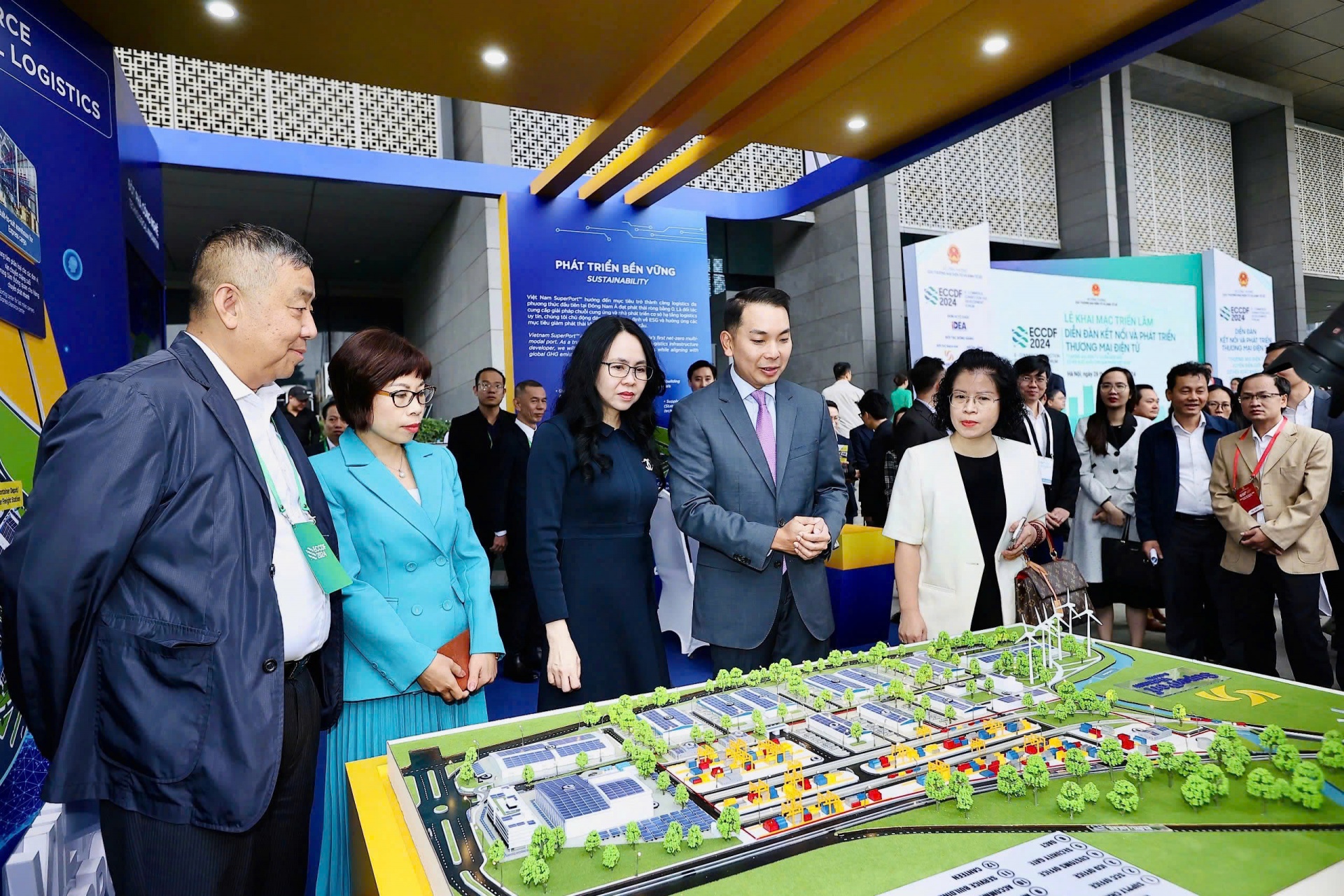
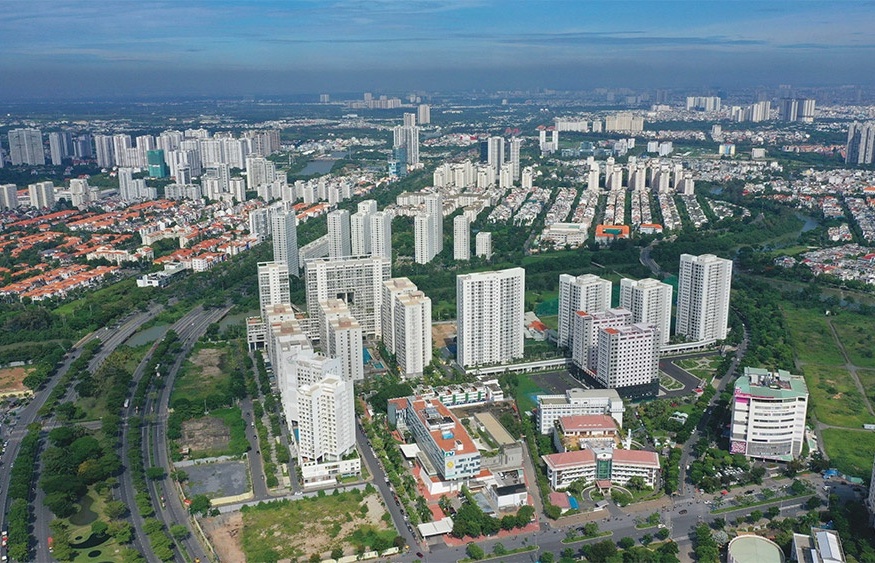
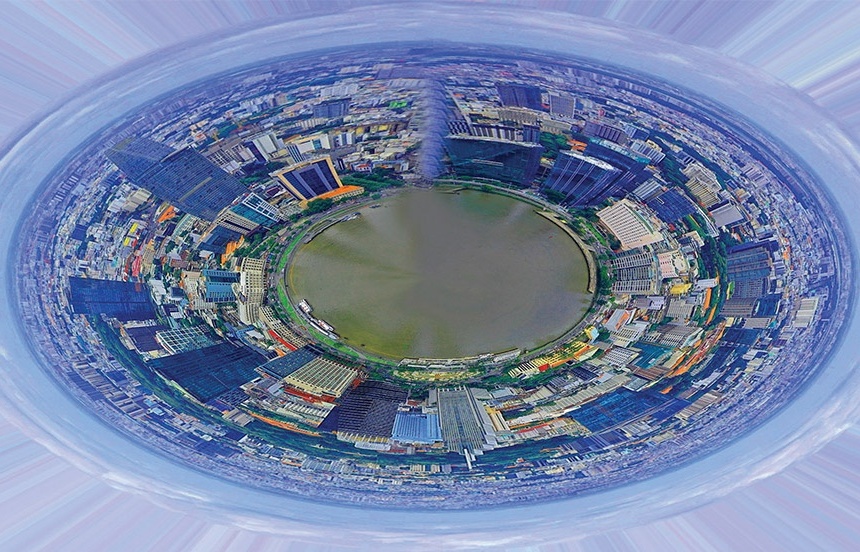
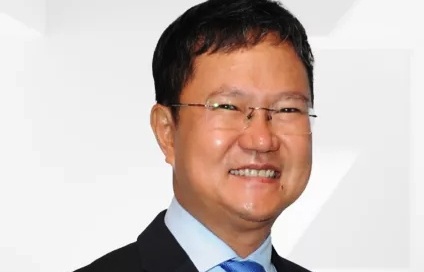
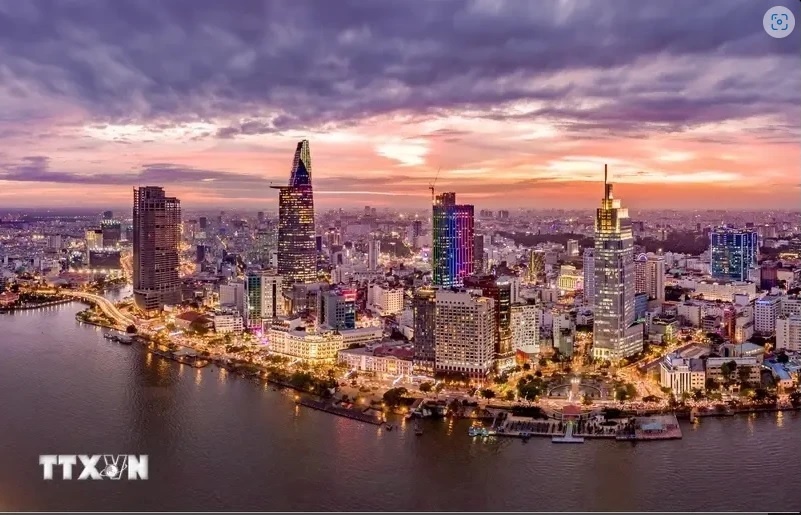

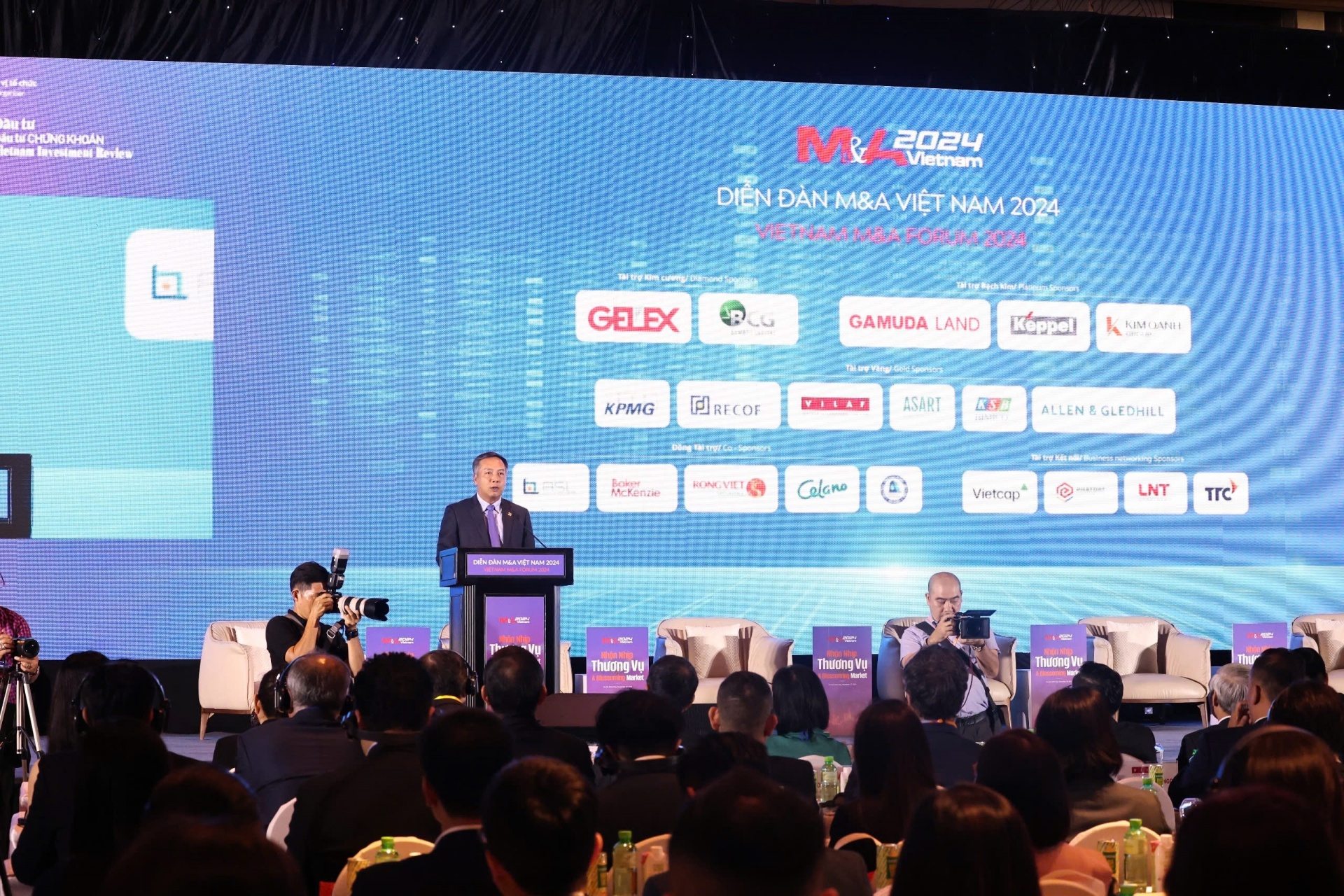
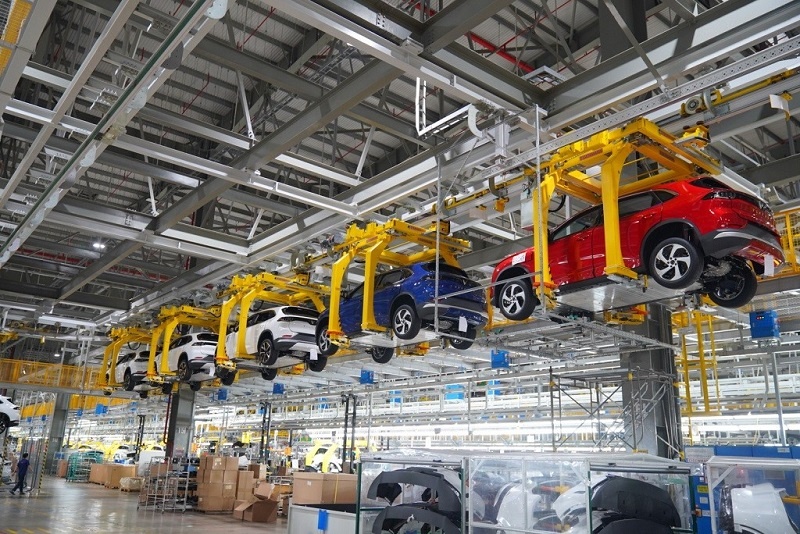
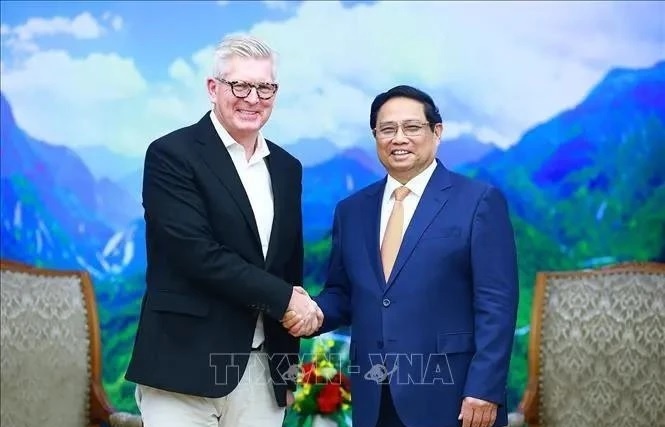
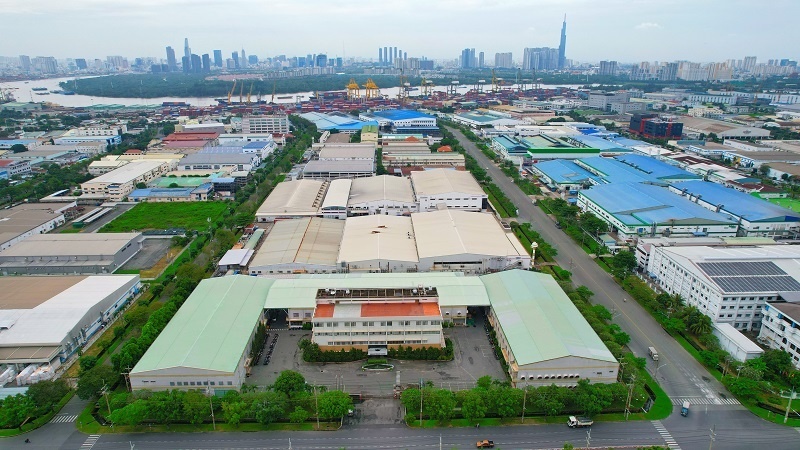







 Mobile Version
Mobile Version